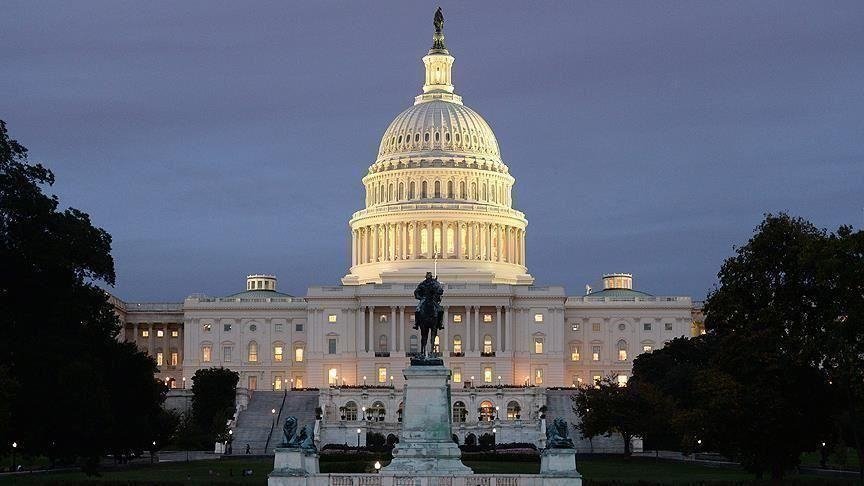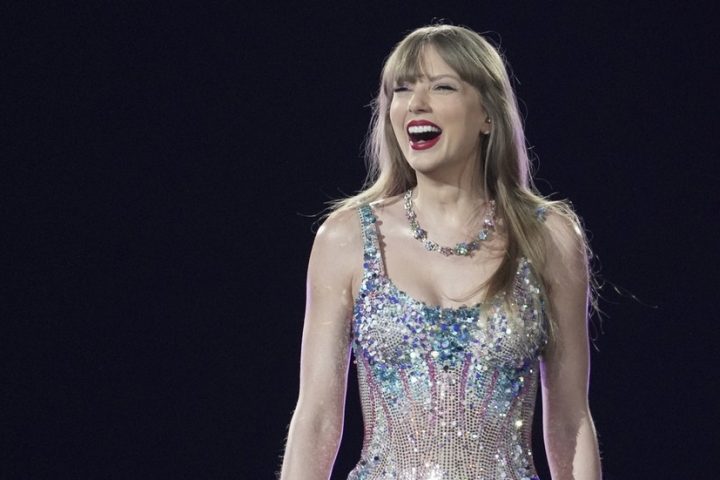Nearly 80 percent of people believe that the country is moving in the wrong way, and President Joe Biden’s popularity rating is stuck in the 30s, so all the pieces appear to be in place for a Republican victory in the November midterm elections.

However, the first New York Times/Siena College poll of the cycle shows that Democrats and Republicans are running an unexpectedly close contest for control of Congress at the start of the campaign.
41 percent of all registered voters indicated they wanted Democrats to run Congress, compared to 40 percent who wanted Republicans to do so.
Republicans had a one-point lead among potential voters (44 percent to 43 percent), echoing the common trend for the party in opposition to have a turnout advantage in midterm elections.
The findings imply that the recent Supreme Court ruling overturning Roe v. Wade and the recent rash of mass shootings have, at the very least, temporarily shielded the Democrats from an otherwise hostile national political environment while boosting the party’s predominately liberal activist base.
Republicans appear to be making new inroads among nonwhite and working-class voters, perhaps especially Hispanic voters, who continue to be more concerned about the economy and inflation than abortion rights and guns. However, the convergence of economic issues and resurgent cultural issues has helped turn the emerging class divide in the Democratic coalition into a chasm.
Democrats received a higher percentage of support from white college graduates than from non-white voters for the first time in a Times/Siena national survey, which is a startling sign of the shifting political dynamic within the Democratic coalition. Democrats recently lost among white college graduates while winning more than 70% of non-white votes in the 2016 congressional elections.
Republicans appear to be making new inroads among nonwhite and working-class voters, perhaps especially Hispanic voters, who continue to be more concerned about the economy and inflation than abortion rights and guns. However, the convergence of economic issues and resurgent cultural issues has helped turn the emerging class divide in the Democratic coalition into a chasm.
Democrats received a higher percentage of support from white college graduates than from non-white voters for the first time in a Times/Siena national survey, which is a startling sign of the shifting political dynamic within the Democratic coalition. Democrats recently lost among white college graduates while winning more than 70% of non-white votes in the 2016 congressional elections.





